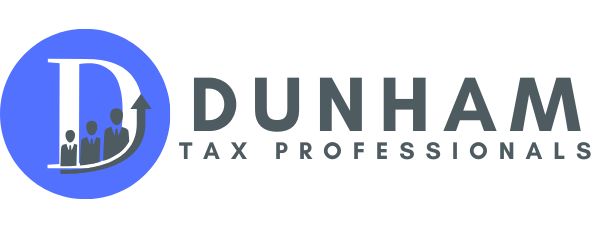In the dynamic world of trucking, where every mile comes with its own set of expenses, mastering the art of expense tracking isn’t just a financial responsibility – it’s a strategic advantage. As a trucking owner-operator, your ability to meticulously manage your expenses can be the difference between a profitable journey and a bumpy ride. In this article, we delve into the intricacies of effective expense tracking, offering insights and practical tips that can transform your business operations and bolster your financial health.
Navigating Financial Terrain with Precision
Picture expense tracking as the GPS of your financial journey. It guides you through a maze of costs, helps you optimize your spending, and maximizes your profitability. Beyond numbers on a spreadsheet, expense tracking empowers you to make informed decisions that steer your business towards financial success.
Creating an Expense Categories Framework
Much like the gears in your truck’s engine, expense categories form the backbone of your financial structure. Break down your expenses into categories such as Fuel, Maintenance, Insurance, Meals, and Lodging. This not only aids in clarity but also ensures you’re capturing all your costs for accurate deductions.
Capturing Receipts and Documentation
Think of receipts as your business’s paper trail. Collect and store them diligently, either in physical form or through digital means. They serve as tangible proof of your expenditures and can be the lifeline in case of audits or reviews.
Automating Expense Tracking
Embrace technology’s helping hand. Expense tracking apps and software simplify the process, allowing you to scan receipts, categorize expenses, and maintain a real-time overview of your spending. Automation not only saves time but also reduces the chance of human error.
Monthly Reconciliation and Budgeting
Expense tracking isn’t a passive activity; it’s a proactive step towards financial insight. Reconcile your expenses with your income on a monthly basis. This not only keeps your financial records up-to-date but also allows you to identify trends and make budgeting decisions with precision.
Leveraging Credit and Debit Cards
Business-oriented financial tools like dedicated credit and debit cards streamline expense tracking. By keeping business and personal expenses separate, you not only simplify your tracking efforts but also create a clear financial trail that’s easy to follow.
Auditing and Preparing for Tax Season
Think of expense tracking as your pre-tax season warm-up. Organized records minimize the stress of tax preparation and empower you to face audits with confidence. A well-documented expense history simplifies the process and demonstrates your commitment to financial transparency.
Paving the Path to Financial Success
The road ahead may be winding, but expense tracking serves as your compass, guiding you through the twists and turns of financial management. From minimizing your tax liability to optimizing your spending patterns, the benefits are manifold. As a trucking owner-operator, you’re not just navigating highways; you’re navigating your financial destiny. Embrace efficient expense tracking as a tool that doesn’t just balance your books, but steers you towards a journey of financial success. Remember, every dollar tracked is a dollar saved, and every decision guided by accurate data is a step towards prosperity.






